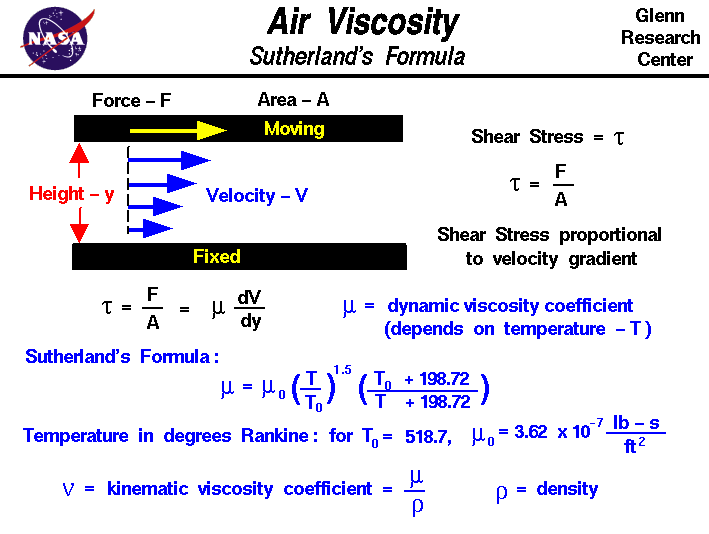

Usually determined from a double logaritmic plot of intrinsic Mark-Houwink parameters have been tabulated for a large number of polymer-solvent systems This equation is known as the Mark-Howink or Mark-Howink-Staudinger equation 2-4, where With these expressions, the equation for the intrinsic viscosity The scaling exponent has the value ν = 1/2 and in Solvent-polymer system and its temperature. To about three for very good solvents increasing with molecularĬan be expressed as a function of molecular weight M: The values of α htypically vary between unity for a θ-solvent 1,7 If the intrinsic viscosity is measured inīoth a very dilute θ-solvent and in a "good" solvent, the expansion 9 Under θ-conditionsĤ.2♱0 24 for rigid spherical particles if is expressed as The equation is known as the Flory-Fox equation. Where α h = R h / R h,0 is the expansion ofĪ polymer coil in a good solvent over that of one in θ-solvent and R h,0 Then the equation can be rewritten in the form Sphere radius is replaced by the hydrodynamic radius of the polymerĬoil.

Shown that the equation is still applicable to dissolved polymers if the hard Polymer particles, Einsteins relation has to be modifed. This and similar expressions for other particle geometries can beįound in many text books. Then the specific viscosity of a very dilute solution reads The hydrodynamic volume of a particle can be rewritten as follows Hydrodynamic volume of a polymer particle and M its molecular weight. Viscosity can be calculated with Einstein's viscosity relationship: Shear rate is the intrinsic viscosity (also called limiting viscosity number) which is defined asĭescribes the increase in viscosity of individual polymer chains.Īssuming the polymers are spherical impenetrable particles, the increase in Usually expressed in grams per 100 cm³ or in grams per cm³.Īnother important quantity in very dilute solutions at vanishing That of the solvent and c is the polymer concentration, Where η is the viscosity of the solution, η S How much a polymer increases the viscosity ofĪ solvent will depend on both the nature of the polymer and solvent.Įncountered in the field of polymer solution rheology are the relative viscosity, the The increase in viscosity is caused by strong internal frictionīetween the randomly coiled and swollen macromolecules and the High molecular weight polymers greatly increase the viscosity of


 0 kommentar(er)
0 kommentar(er)
